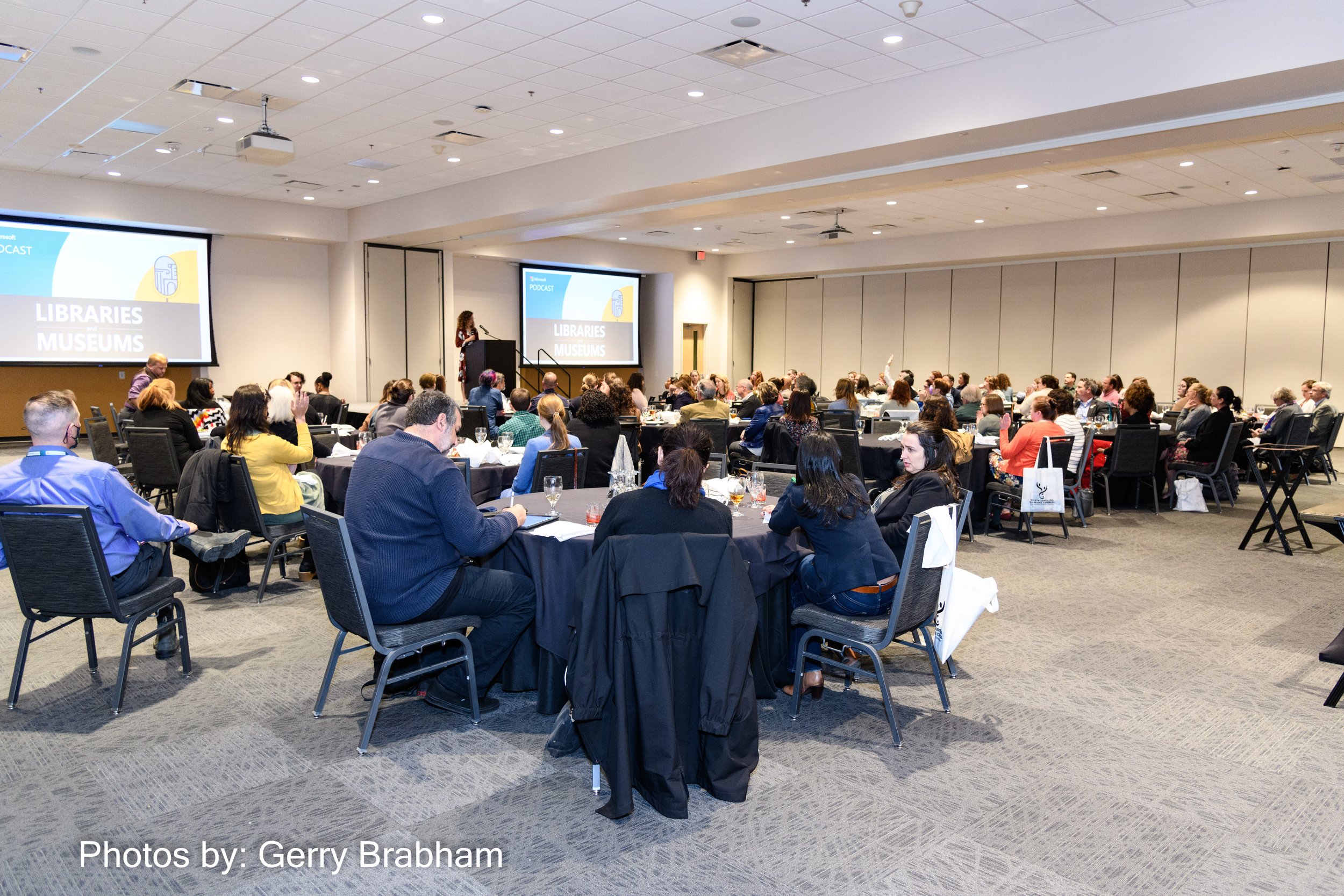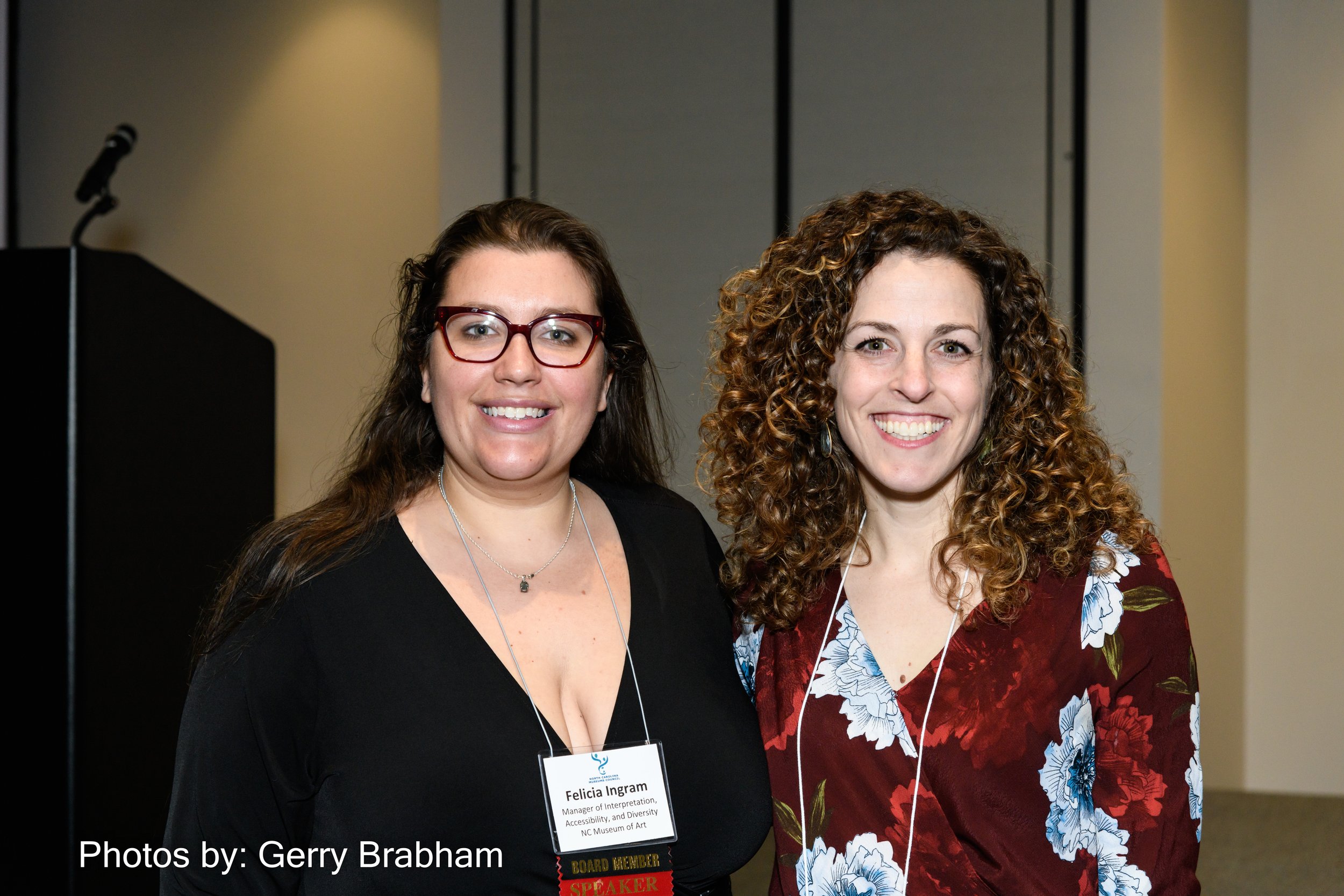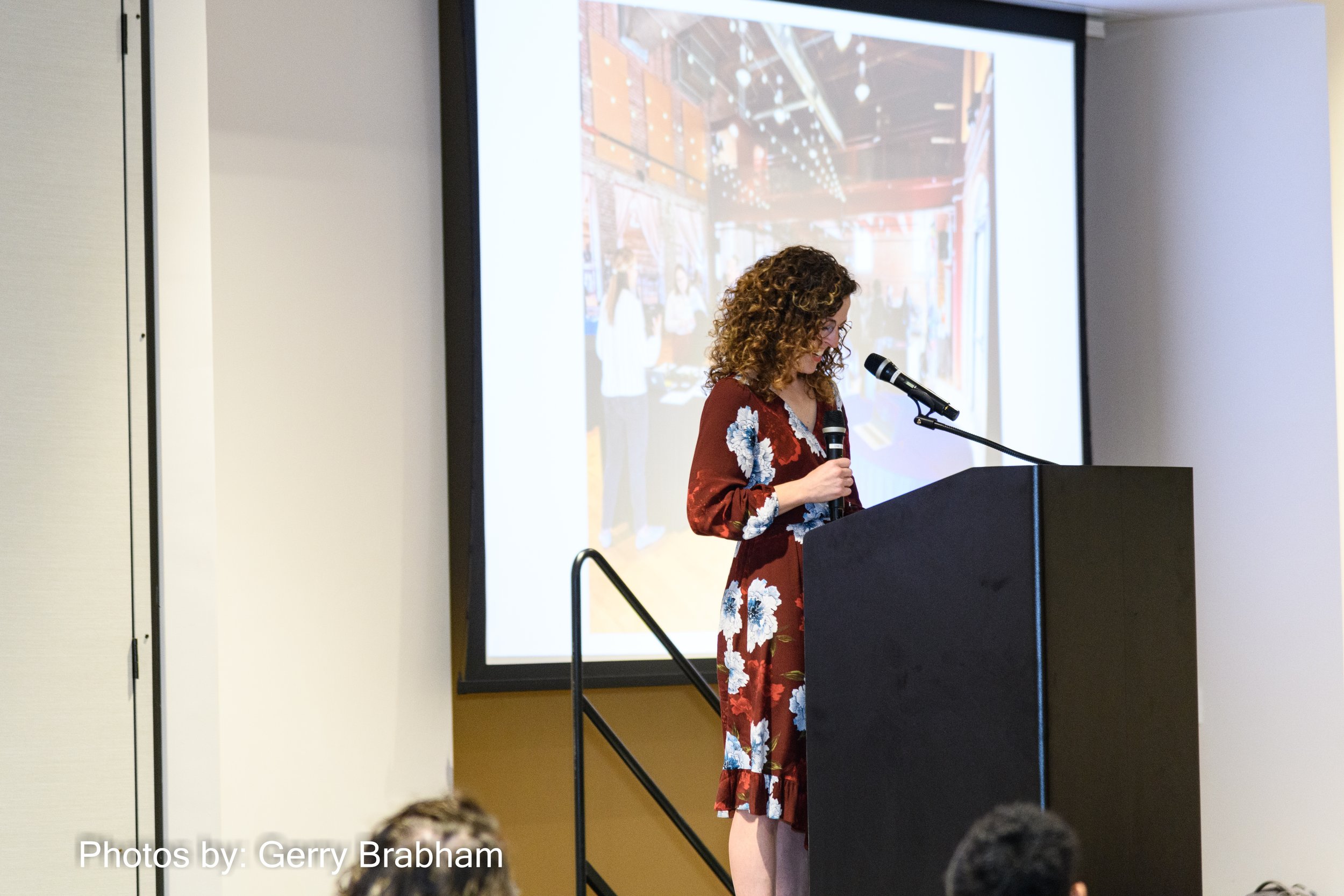I had the honor of giving the keynote address at the 2022 North Carolina Museums Council (in-person!) conference. The conference theme was ‘Reexamining Our Stories’ and the thesis for my keynote was ‘to reexamine our practice is to remain relevant.’
I used Nina Simon’s definition of relevancy (make connections that unlock meaning) to layout my argument that museums made great strides in reimagining their digital practices during the pandemic to engage with audiences, and we can’t stop now.
Here are three excerpts from the talk that answer this pressing question of whether museums should continue to invest in digital.
Yes! Because even if our physical doors are opening, creating digital access opens new pathways to connect with audiences.
There is a lot to learn in stories of specific museums. But I’ve also had the opportunity to reflect on global trends hosting the Microsoft Libraries and Museums podcast.
On the show, I interview innovators in libraries and museums from around the world about how they have found new ways to use digital to tell their stories. The benefits of using digital are many, but after three seasons of conversations I’ll name a few trends that have emerged:
First, digital can take us behind the scenes: We may be the one industry where people love or long to see how the sausage gets made. They want to see what’s behind closed doors. Where’s the rest of our collection? How do we preserve objects? Digital allows us to answer those questions and take visitors into previously restricted areas. This can be done by doing live streams from storage or conservation, showing off rare objects and unseen spaces. On the podcast, the National Library of the Netherlands shared how they experimented with virtual reality to showcase a fragile and rare children’s pop-up book of Noah’s Ark. They collaborated with a technologist so that you could stand at the bottom of the ark, look up, walk around and through these pop-up pages. This book is otherwise in storage where it is too delicate to be manipulated by visitors. Virtual reality gives it new life and new opportunities for meaning making.Second, digital increases access and reach. When we celebrate what’s unique to our museum through online platforms, it sets us apart from the abundance of online content and broadens our connection to more audiences who can find meaning in our collection. For example, the Mountain Heritage Center has an exhibit on quilts that just opened earlier this month. It celebrates the artistry of this craft from southern Appalachia. Taking this example, when we share our unique collections by digitizing them, sharing on social media, or through digital programming we are opening ourselves up to new audiences that may never have found their way to us otherwise. In this example, there are crafters, historians and other niche audiences outside Western North Carolina that will be attracted to that content because of their own interests. Then there are other audiences - let’s say designers, schools, etc. - that didn’t think they were looking for inspiration from quilts, but when they see it, they find something new and it draws them in. And maybe there’s a third group, too: they may be more fleeting in their interest, but you’ve momentarily captured their attention, broadened their horizons, and shared your passion with them.
…
Nina Simon adds to her definition of relevancy by saying that “it is essential. It gets people to pay attention, to walk in the door, to open their hearts. But it is also meaningless without powerful programming on the other side of the door. If the door doesn’t lead to valuable offerings, if nothing touches peoples’ hearts, interest fades. They don’t return.”
…
We now know that the door doesn’t have to only be our physical doors. It can be a virtual door as well. If anything, digital allows us to offer more ways to invite people in. They can choose which door to walk through based on their interest, geographical location, and preferred way to connect. Then, we can welcome them on the other side with content that piques their interest and is aligned to our mission and values.
…
Now, what I've hoped to answer in part, with all of these examples, is the question, perhaps unstated but maybe felt by many is: 'do we really have to keep doing this'? You might especially be asking yourself this question when resources are low, tech difficulties are high, and you’re just about done, or you’re a staff of one.
My answer is yes for all the examples that I've shared with you today: the opportunities to reach new audiences; to involve communities; to remain flexible in the future; to creatively tell our stories.
Yes! Because investing in infrastructure also allows us to remain flexible for the future.
There are many other reasons our buildings may need to close their doors in the future - remodels or expansions; gallery updates; our own version of extreme weather here in North Carolina - but we don’t have to be caught on the backfoot anymore. We had to learn on the fly. As we’ve heard in the conference sessions today, the work we’ve done to experiment with new platforms, implement new collaborative processes, and invite new voices into our exhibitions, will allow us to soar and absorb future turbulence without getting thrown out of our seats.Yes! Because it doesn’t have to be expensive, even if you’re a small museum.
The tech… doesn’t have to be expensive to use or create. It can be the platforms your audiences are using, then you meet them where they are…In 2021, the cultural research firm LaPlaca Cohen surveyed behaviors of national arts and culture visitors in the pandemic. The report, among many other things, found that the top four forms of online engagement were:Artist livestreams
Podcasts
Online classes or workshops
Tied for fourth: live and pre-recorded performances
Some of us may be in IT, but most of these platforms can also be done from any department and accomplished on a small budget using platforms such as Facebook, Instagram, Zoom or otherwise.
…
[Plus], many platforms, like YouTube, Zoom, and TikTok, have built-in accessibility features, like live captioning, that allows visitors who are hard of hearing to engage with our programming. Scott Gillam is from the Canadian Museum for Human Rights, a leading institution on inclusive design. He said in our podcast interview, that - quote - “in serving audiences that really benefit from certain accessible solutions, we find that we create a richer experience for all visitors.
Who among us hasn’t been working from home, our dog is barking, the neighbor is getting a tree cut down, and we’re tuning into a staff meeting or webinar. We click for captions and regardless of whatever background noise is around us, we can still tune in and enjoy. Even within the galleries, when they become noisy again, having closed captioning always-on for videos is a must to equalize the experience for those who need it and those who generally benefit from it.
***
As we navigate the future, I want to encourage you to keep going and building on the progress you have built. We all, unique among museum professionals from any other period in history, had to build this and figure it out in unprecedented times. So take a breath and congratulate yourself: for the things you tried, for the things that worked, even for the things that didn’t. We can continue to experiment, learn, and evolve to remain relevant to the audiences and communities we serve.





